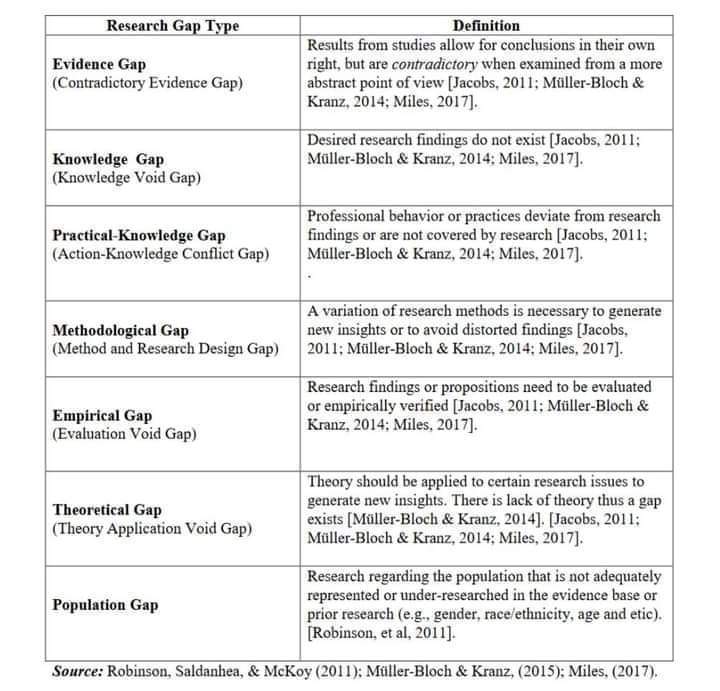conclusion and introduction
Objective (conclusion): to convey a short statement of the take-home messages of your study. What are the most important things that you want the reader to remember from your study?
Objective (introduciton): to prepare the reader by giving the reader sufficient background to understand the study as a whole. It therefore should only contain information pertinent to understanding the study and its broader significance.
Make sure that the scope of your introduction is in-line with the scope of the conclusion. That way, the reader will not be underwhelmed, nor will your work be undersold.
structure
Conclusion:
-
One paragraph
- 2-3: Summarize over-arching conclusions from each section of the paper (omit the details described in results or discussion)
- 2-3: Based on a general description of findings, use pros and cons to argue for, if possible, alternative hypotheses.
- 1-2: Suggest experiments to test these hypotheses.
- 1-2: Describe future directions.
Introduction:

-
Paragraph 1: Introduce the topic
- 1: Introduce a topic and, ideally, an application of the research you will describe. Grab reader’s attention.
- 1: State why the topic is important.
- 1: Describe what is known about the topic (at least, as pertains to the work at hand).
- 1: Identify a gap in knowledge: “despite research in this area, here is what we don’t know about the topic.”
- 1: List the negative things that will happen if we don’t fill this gap in knowledge.
-
Paragraph 2: Provide background information
- 3-5: Describe, in moderate detail, the background information (concepts, literature) relevant to the study.
- 1: End by saying how the details you just described relate to the application/topic described in the first paragraph.
-
Paragraph 3: Objectives of this study
- 1: State the objective of this study.
- 1: Briefly describe what was done and the techniques or instruments used.
- 1-2: For this project, briefly describe where you got the data, how you cleaned it up, if you merged multiple datasets, etc.
- 1: (optional) State the major conclusion from the work and what it means for the application described in paragraph 1.